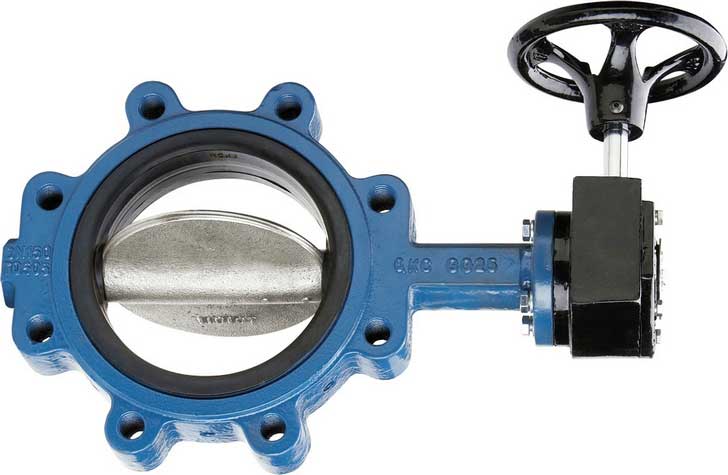The evolution of flow control systems has seen significant advancements over the decades, with the triple offset butterfly valve emerging as a standout innovation in this field. Originally developed to address limitations of traditional valves, the triple offset butterfly valve is distinguished by its unique design and operational advantages. This valve features three distinct offsets that contribute to its enhanced performance: the shaft is offset from the centerline of the disc, the disc is offset from the shaft, and the seat is offset from the disc. These offsets are critical in reducing friction and ensuring a tight seal, which is pivotal in applications requiring precise control over fluid flow. In the early days of flow control, traditional butterfly valves were limited by their sealing capabilities and susceptibility to wear. They often experienced issues like leakage and high torque requirements due to the friction between the disc and the seat. The introduction of the triple offset design addressed these problems by incorporating a geometry that minimizes contact between moving parts. This innovation led to a significant reduction in wear and tear, extending the valve’s lifespan and improving reliability.

Additionally, the triple offset butterfly valve manufacturers offers enhanced performance in high-pressure and high-temperature applications, making it suitable for a wide range of industries, including oil and gas, chemical processing, and power generation. Manufacturers have played a crucial role in the development and refinement of triple offset butterfly valves. Companies like Cameron, Flowserve, and Velan have pioneered the design and production of these valves, continually advancing their technology to meet the evolving demands of various industries. These manufacturers employ advanced materials and precision engineering techniques to ensure that their valves can withstand harsh operating conditions while maintaining optimal performance. Their commitment to innovation has led to the development of valves with improved sealing capabilities, reduced maintenance requirements, and greater efficiency. The evolution of flow control systems has also been driven by the need for greater automation and control. Modern triple offset butterfly valves are often equipped with smart actuators and control systems that allow for remote operation and real-time monitoring.
This integration of automation technology has revolutionized the way valves are used in industrial processes, providing operators with greater control and the ability to respond quickly to changing conditions. The incorporation of digital technologies into valve systems has further enhanced their functionality, allowing for more precise and efficient flow control. Looking ahead, the future of triple offset butterfly valves is likely to be shaped by ongoing advancements in materials science, manufacturing techniques, and automation technology. As industries continue to seek solutions that offer improved performance, durability, and efficiency, Dombor manufacturers will need to adapt and innovate to meet these demands. The triple offset butterfly valve, with its proven advantages and versatility, is expected to remain a key component in the evolution of flow control systems, driving further advancements in the field and continuing to provide reliable solutions for complex industrial applications.